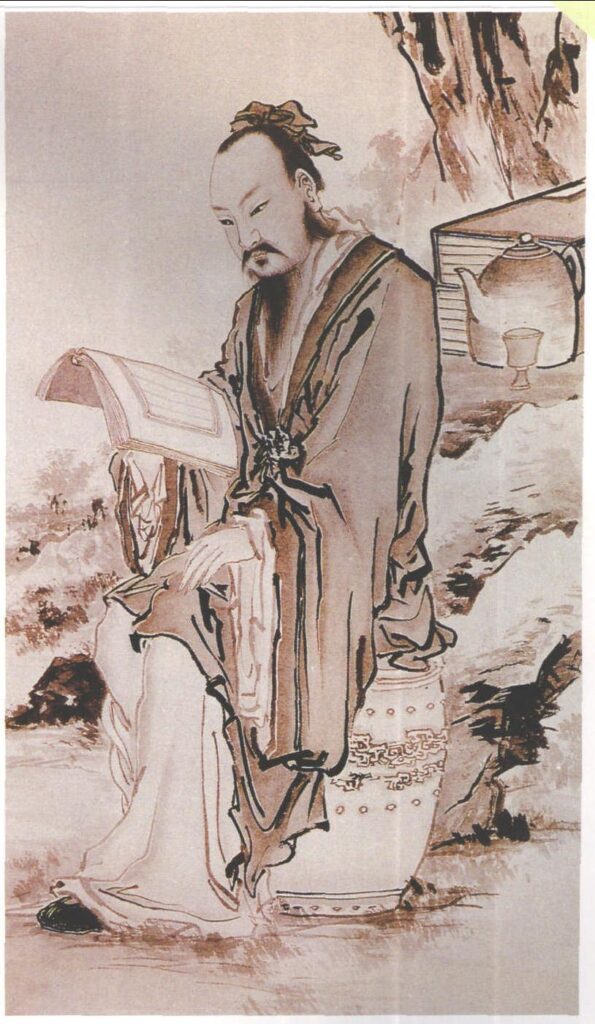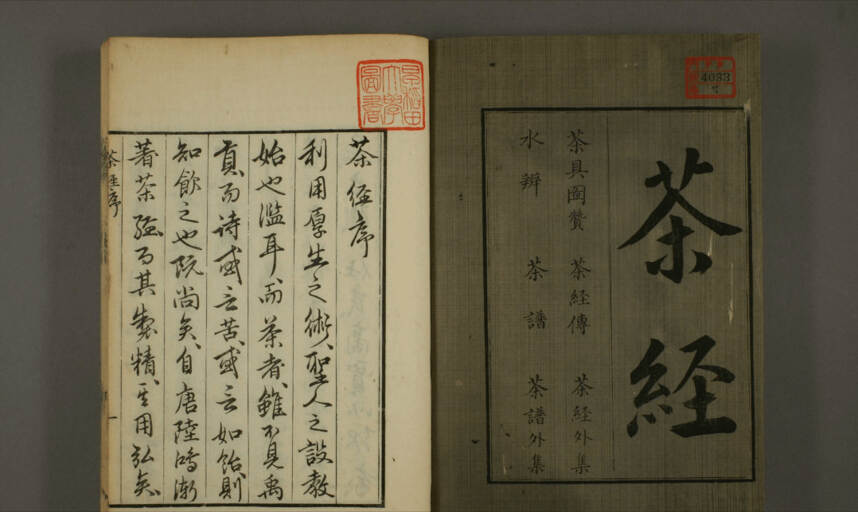
Lu Yu and the Classic of Tea: How One Man Shaped Tea Culture
Who Was Lu Yu?
Lu Yu is known as the “Sage of Tea,” for good reason. He was a guy from the Tang Dynasty who wrote the tea book. Born in 733 CE in Jingling (what we now call Tianmen in Hubei), Lu Yu didn’t have an easy start. He was an orphan raised by a Buddhist monk but wasn’t into the monk lifestyle. Instead, he gravitated toward Confucianism and became well-versed in literature, philosophy, and tea.
He started as a scholar in his hometown but later moved to Huzhou, where he rubbed shoulders with influential thinkers and poets. Here, his love for tea deepened, eventually leading him to write The Classic of Tea — the first-ever book dedicated to tea culture.
The Time of The Classic of Tea
Lu Yu lived during the Tang Dynasty, a time of cultural explosion in China. Everyone was into art, literature, and new ideas, and tea drinking had become a big part of life for scholars and the upper class. Even though tea was popular, no one had laid out any formal rules yet. People were drinking it, sure, but there wasn’t any real guide on how to grow it, prepare it, or even why it mattered so much.
Tea was moving from being a drink to becoming a cultural thing, and Lu Yu decided to step in and write it all down. His work, The Classic of Tea (茶经), captured the spirit of the time and gave tea the spotlight it deserved.

What’s in The Classic of Tea?
The Classic of Tea is split into three main sections; each digs into a different part of tea culture. Here’s how it breaks down:
Volume I: Origins and Tools
In this part, Lu Yu discusses where tea comes from and how it’s grown. He details the kind of soil and climate needed to grow the best tea and lists the 24 essential tools for making tea. He covers everything from harvesting to the preparation process.
Volume II: Brewing and Drinking Tea
This section is all about making tea properly. Lu Yu focused on using pure water, clean tools, and the proper techniques. He talks about roasting the tea leaves just right and even how hot the water should be to bring out the best flavor. The guy was meticulous!
Volume III: Tea Culture and Its Significance
Finally, in the last part, Lu Yu delves into the cultural side of things. He looks at how tea has become a big part of social gatherings, especially among scholars, and how it is more than just a drink—it is an art form. He even ranks different kinds of tea and comments on the tea culture in various regions of China. This volume also includes illustrations to show precisely how the tea-making process should look.
Tea in Tang Dynasty China
Lu Yu’s book wasn’t just about making tea; it reflected how tea had become more profound during the Tang Dynasty. Tea had transformed into a cultural symbol tied to ideas of spirituality, aesthetics, and morality. Lu Yu often connected tea to philosophical ideas, suggesting that only those with virtue and humility could genuinely appreciate it.
During the Tang period, tea parties were popular among intellectuals. They’d gather to drink tea and discuss art, literature, and philosophy. It wasn’t just about the tea but the atmosphere and the ideas exchanged. Lu Yu’s The Classic of Tea captured the essence of that time.
How The Classic of Tea Changed the World
Lu Yu’s The Classic of Tea didn’t just stay within China. It had a significant impact on tea culture all over the world. In Japan, the book was introduced by a Zen Buddhist monk named Eisai in the 12th century and played a significant role in shaping the Japanese tea ceremony, known as “Chanoyu.” The ceremony is about harmony, respect, purity, and tranquility — ideas that align with what Lu Yu was all about. Korea also adopted many tea principles from Lu Yu’s book and created its own culture.
Over time, The Classic of Tea was translated into different languages, and its influence spread globally. Even today, Lu Yu is still revered in China as the “Sage of Tea,” his work is considered essential reading for tea enthusiasts everywhere.
Lu Yu’s Legacy
Lu Yu didn’t just write a book; he left a legacy behind. He’s often depicted as a wise figure who found a way to connect nature, tea, and human life. His holistic view of tea — as something that nourishes the body, mind, and spirit — continues to influence how tea is appreciated across cultures.
Thanks to Lu Yu and The Classic of Tea, the art of tea drinking has been passed down through generations. His work remains a guiding light for anyone who wants to dive deep into tea and truly understand its cultural significance.
